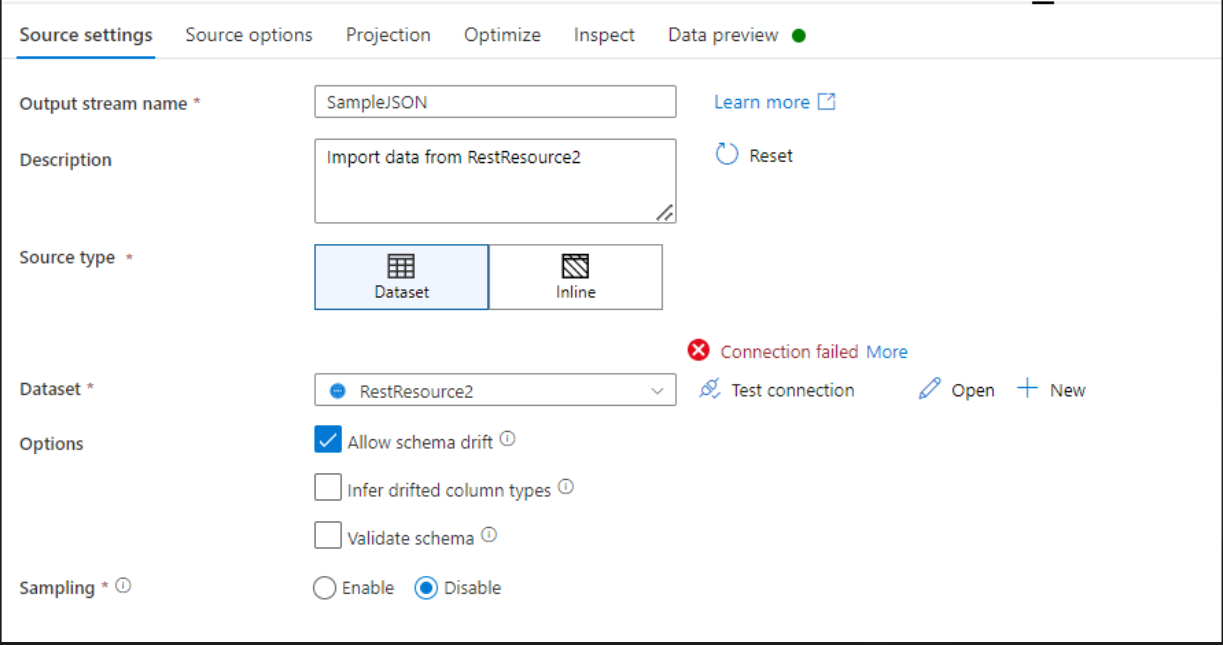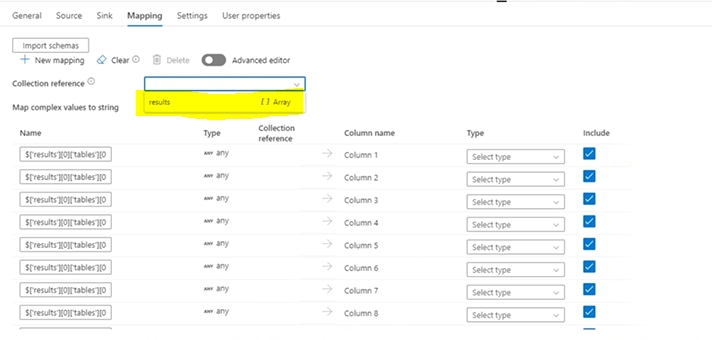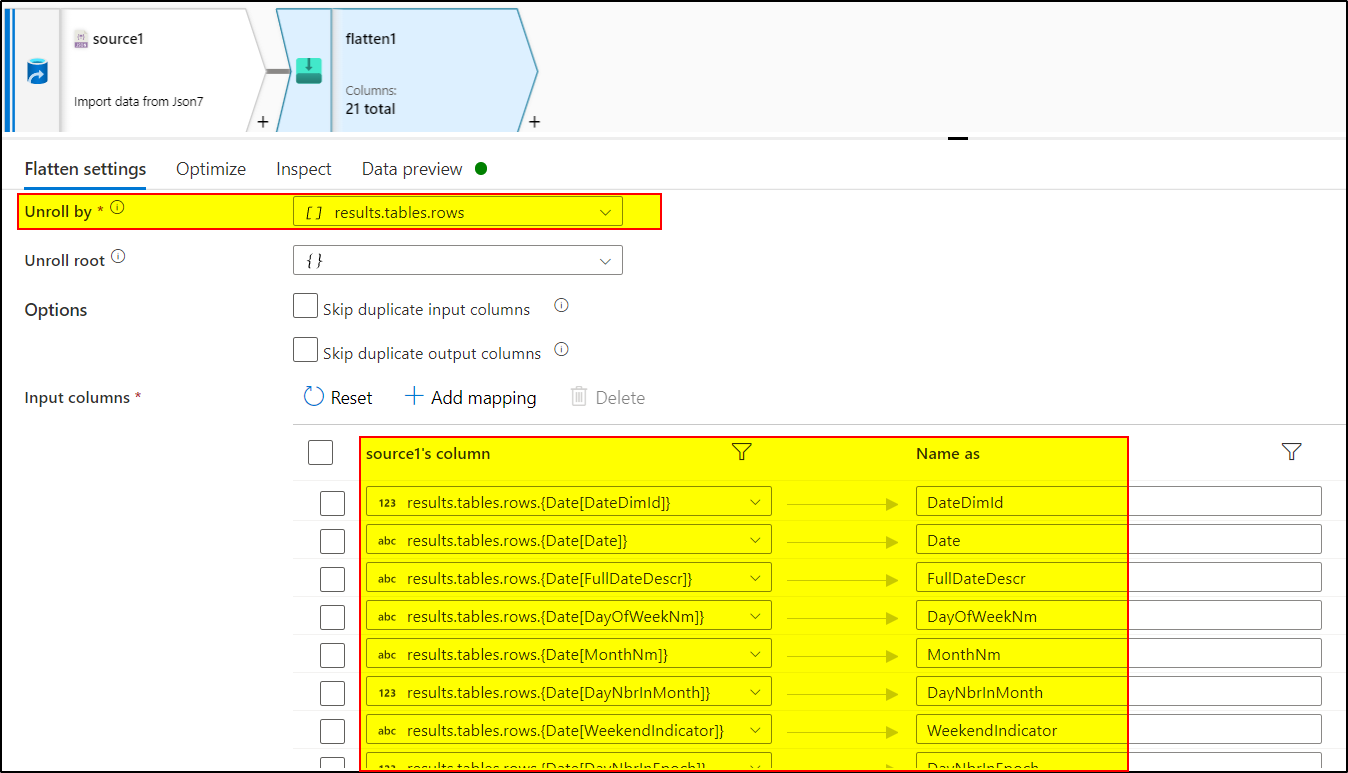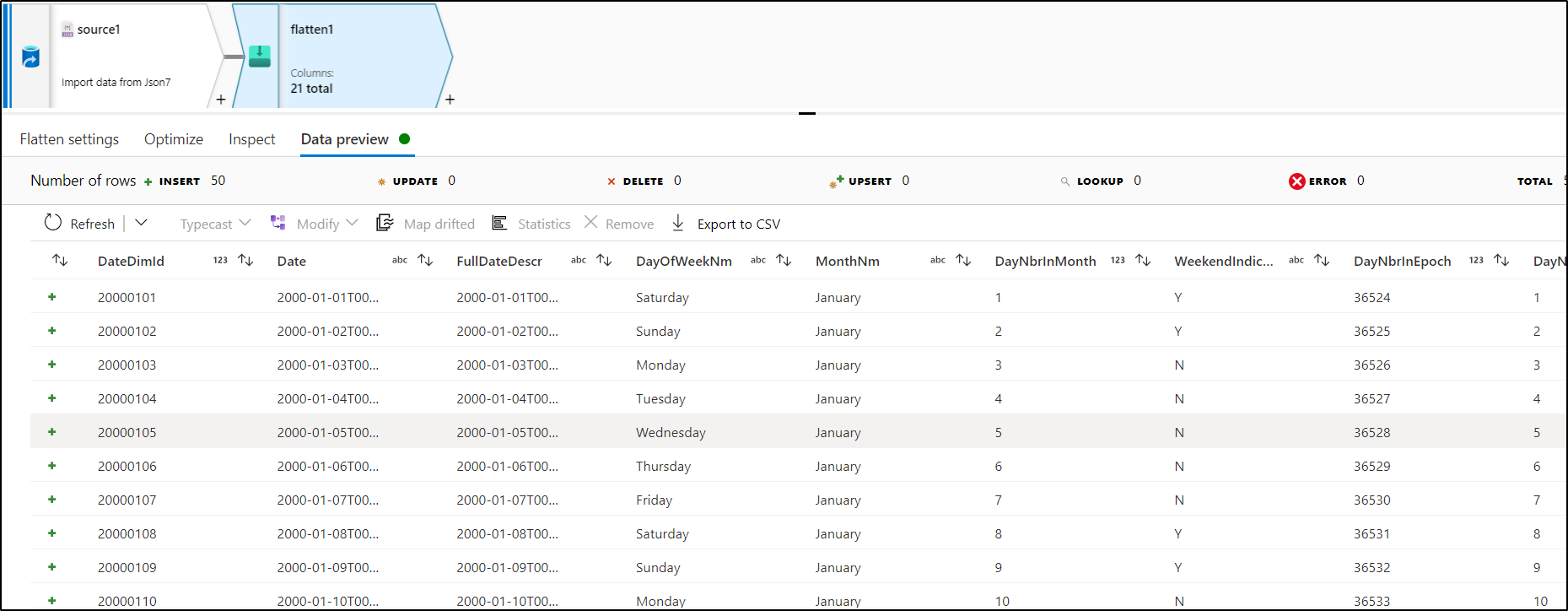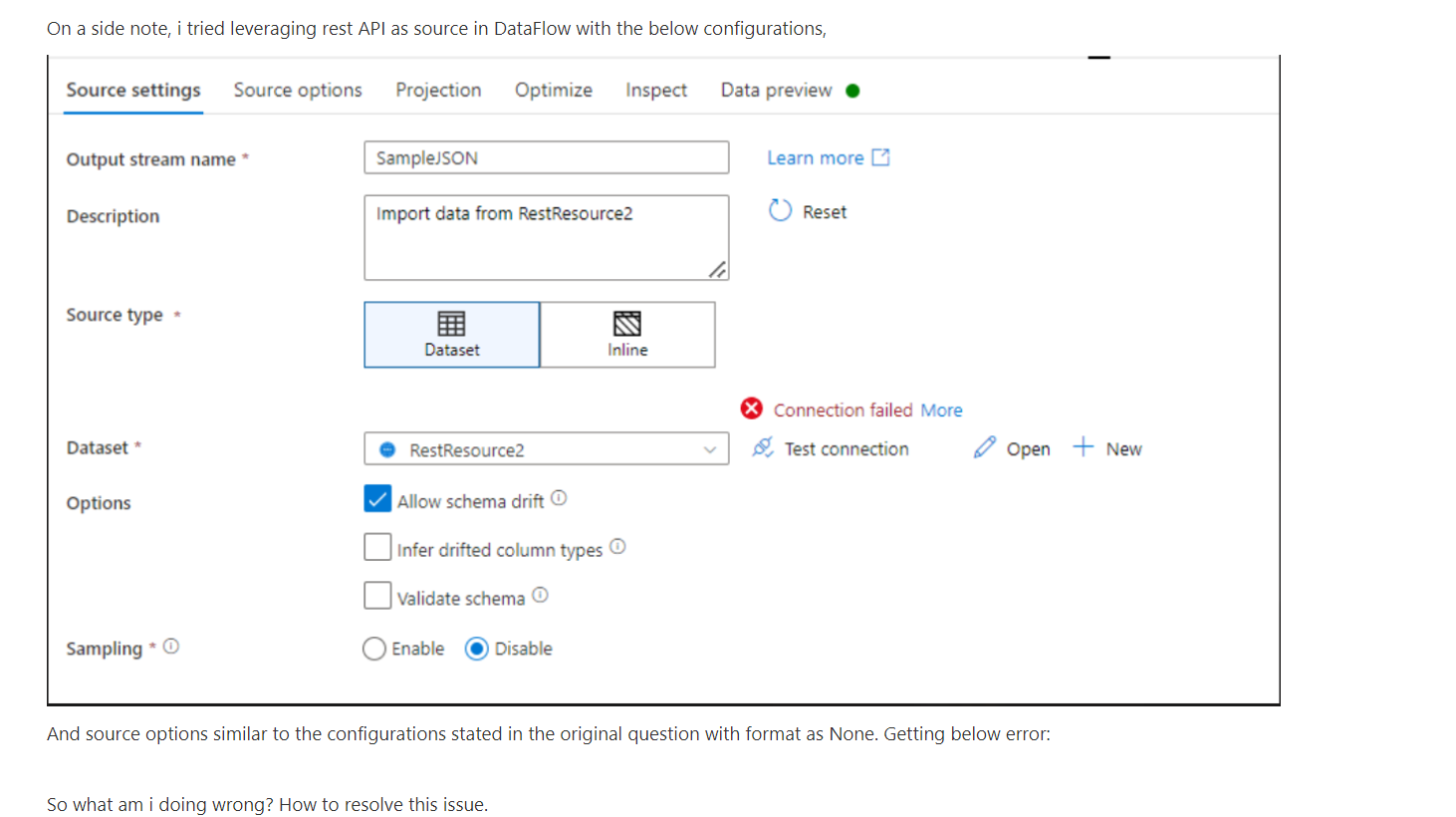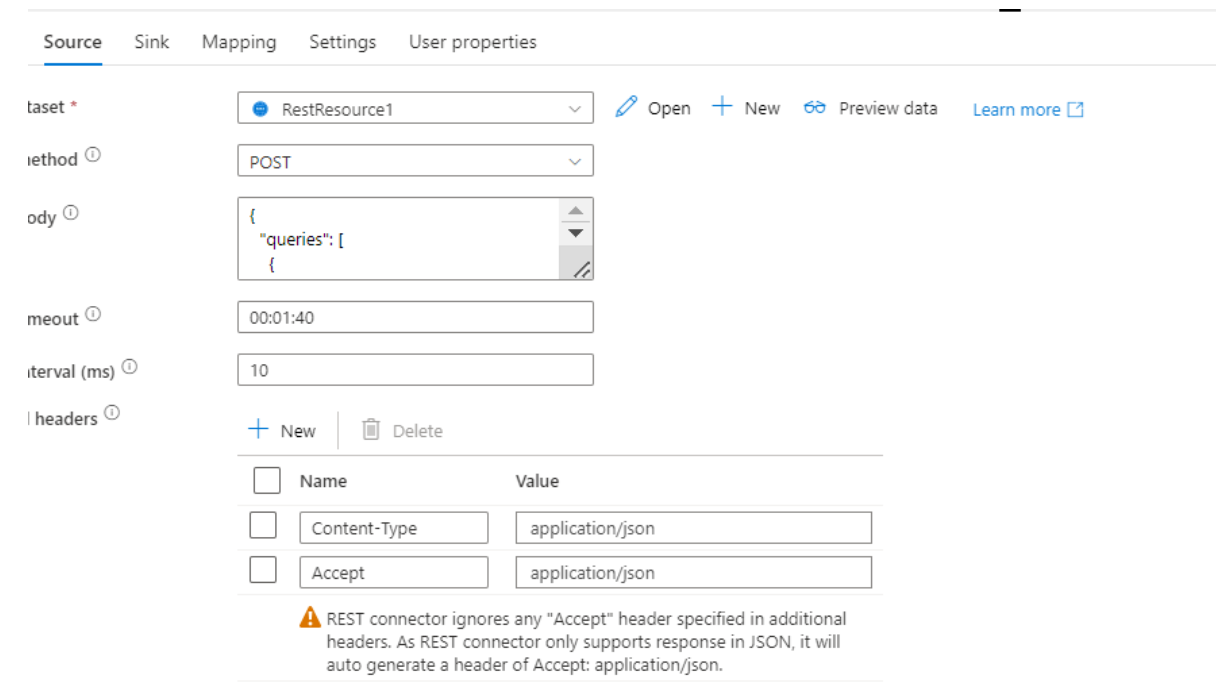Hi @Priya Jha ,
Thankyou for using Microsoft Q&A platform and thanks for posting your question here.
As per my understanding, you are trying to copy data from REST API to ADLS file. However, the results are not coming as expected. Kindly let me know if my understanding is incorrect.
Since the source data is of hierarchical type. You need to use 'row[]' array as collection reference in copy activity , based on which iterations can be made and data can be dynamically fetched.
For more details, kindly check the below resources:
Hierarchical source to tabular sink
How to load Tabular and Hierarchical JSON data from Rest API to SQL Table
If this doesn't help in your case, you need to go for Mapping data flow where we have the capability to use Flatten transformation that can easily perform flatten over complex data.
Hope this will help. Please let us know if any further queries.
------------------------------
- Please don't forget to click on
 or upvote
or upvote  button whenever the information provided helps you.
button whenever the information provided helps you.
Original posters help the community find answers faster by identifying the correct answer. Here is how
- Want a reminder to come back and check responses? Here is how to subscribe to a notification
- If you are interested in joining the VM program and help shape the future of Q&A: Here is how you can be part of Q&A Volunteer Moderators
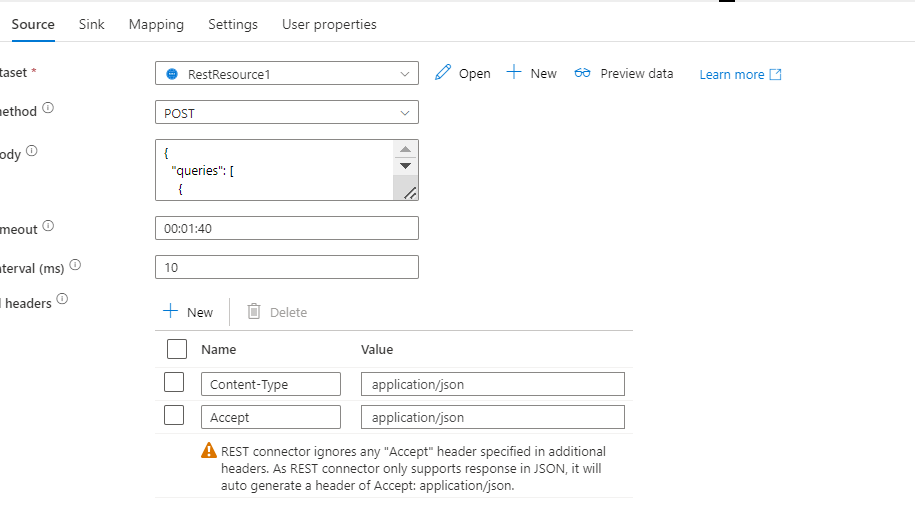
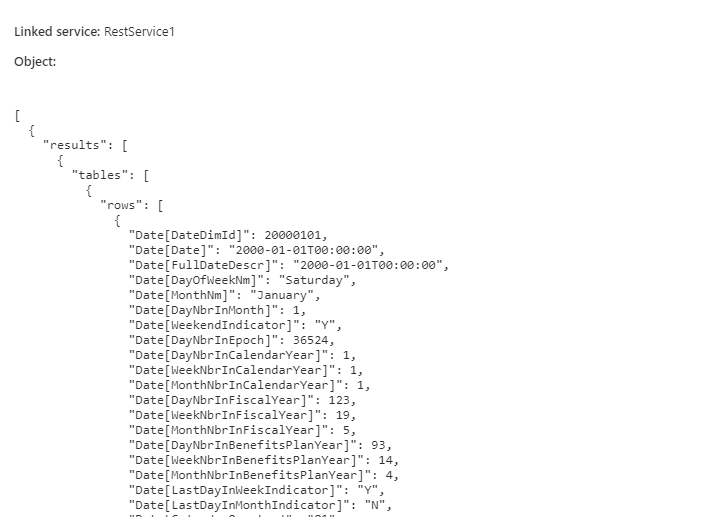
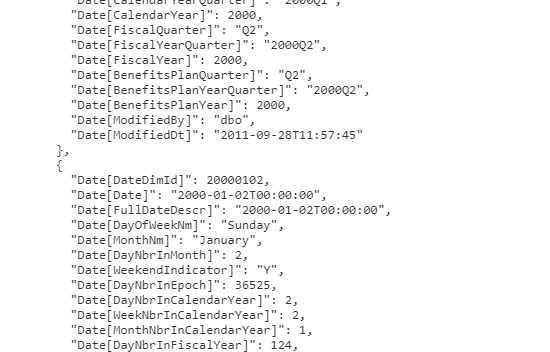



 or upvote
or upvote  button whenever the information provided helps you.
button whenever the information provided helps you. 